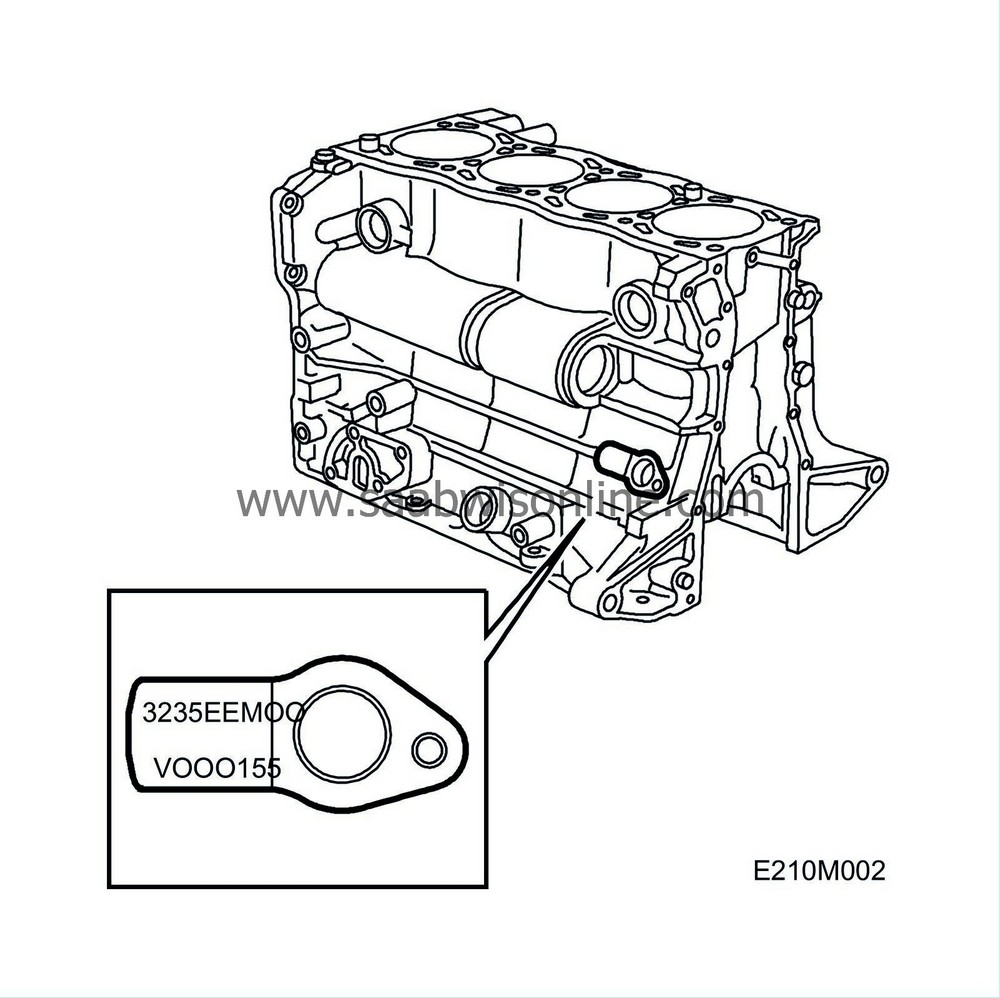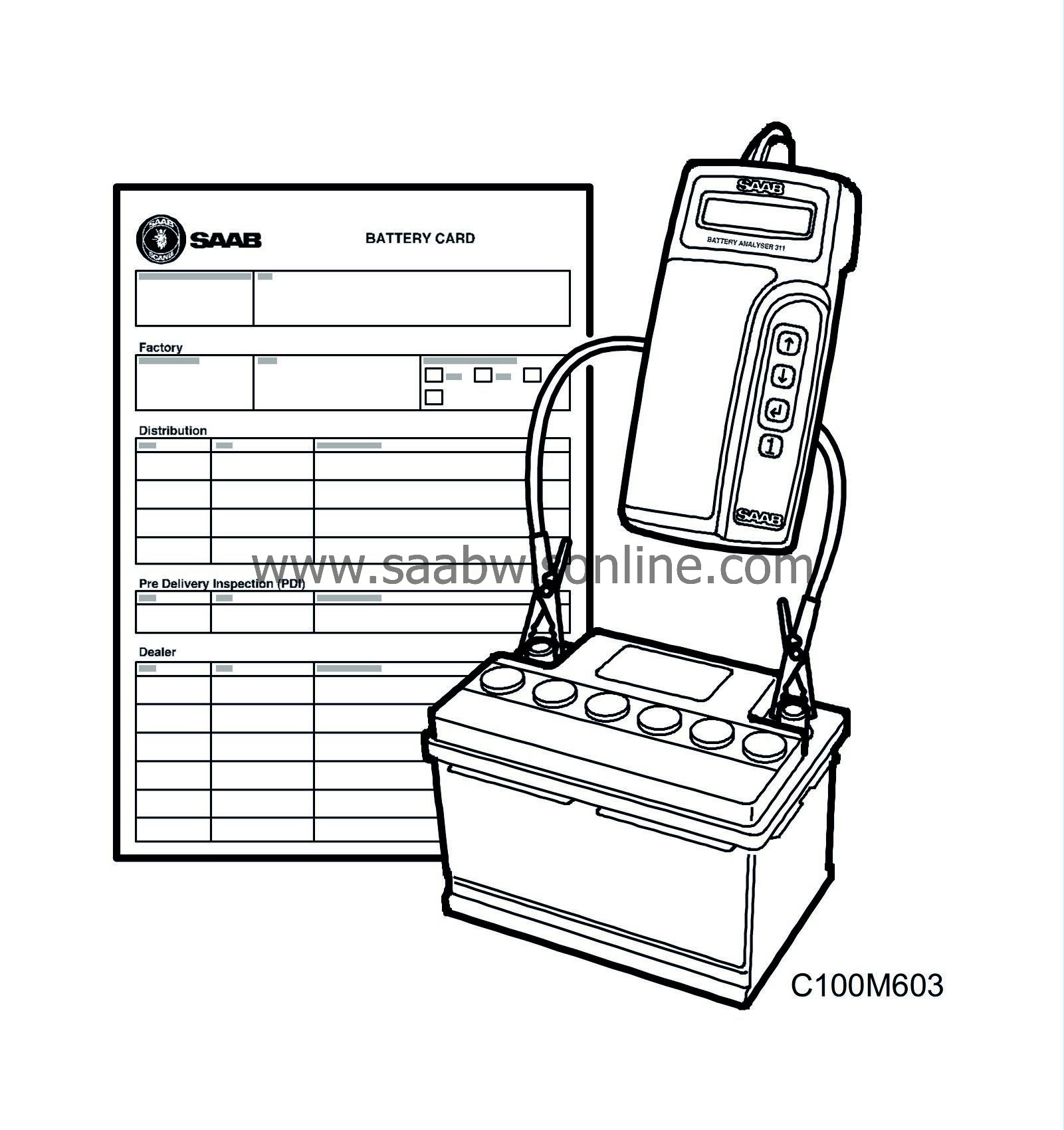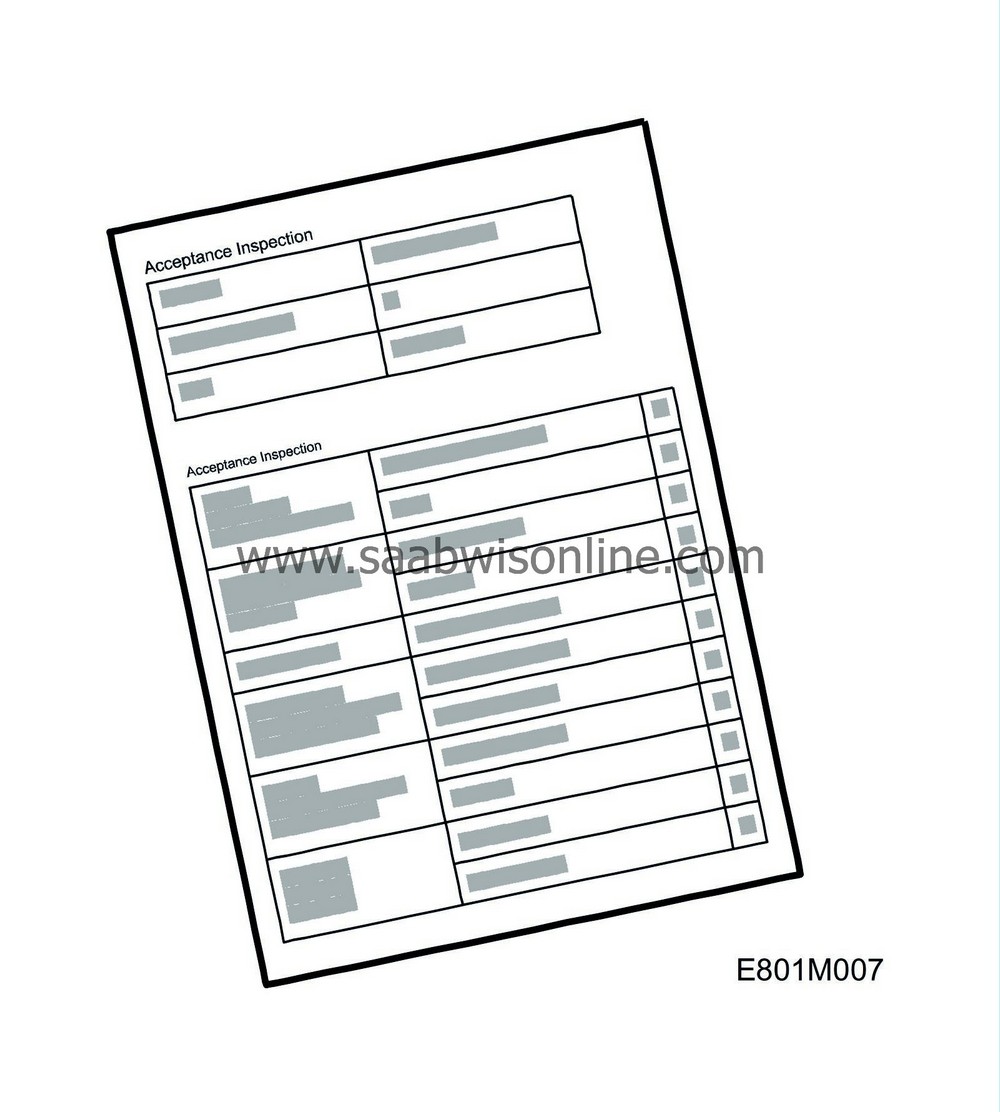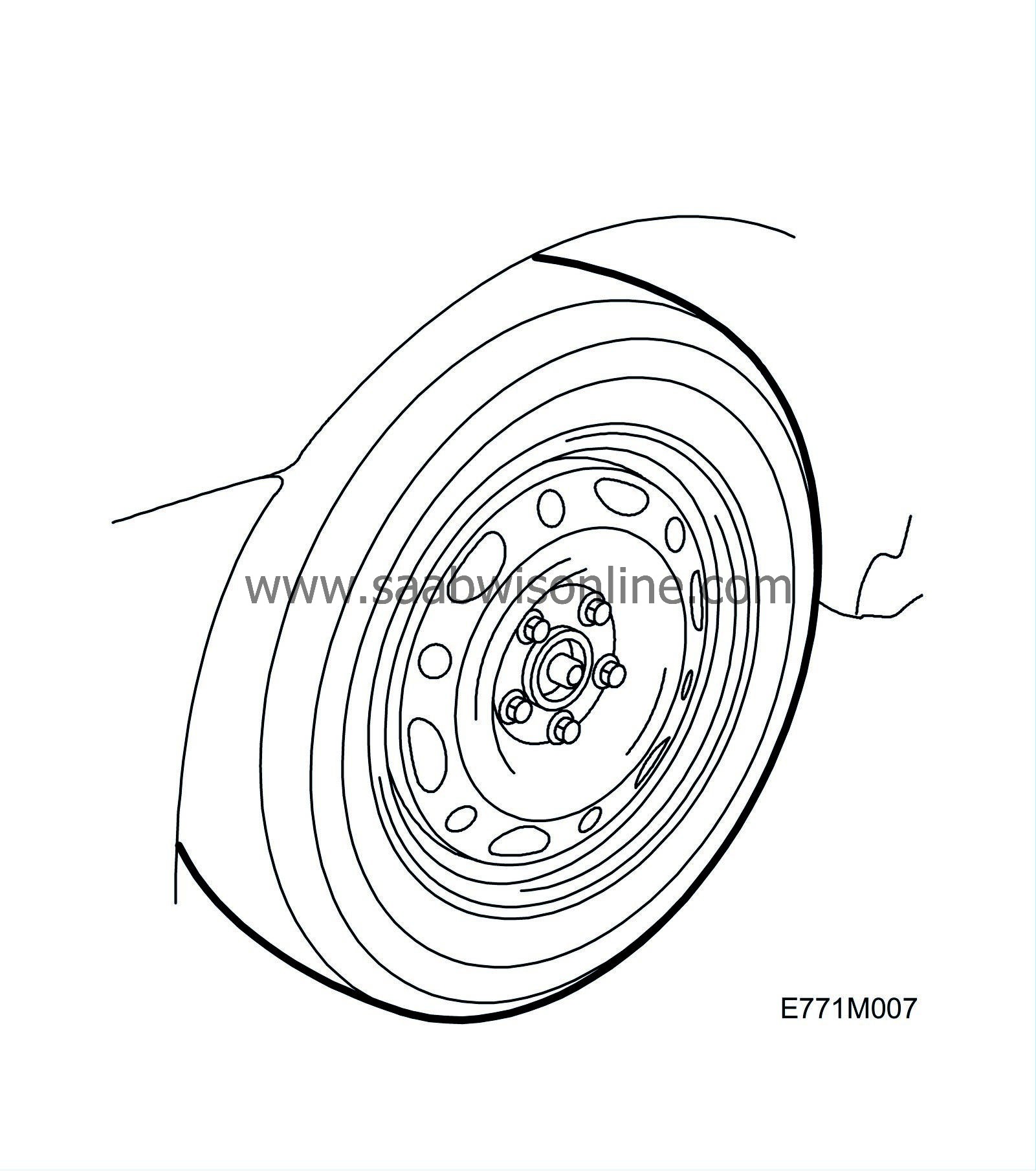Acceptance inspection of a new car
|
|
Acceptance inspection of a new car
|
Acceptance inspection of new cars is mandatory for all cars.
Perform checks and confirm by signing the
Acceptance inspection form
.
A new car is to be checked immediately upon acceptance. The recipient is responsible for reporting problems and deviations as laid out in applicable routines.
|
1.
|
Check that the specification of the car coincides with the order form. This also applies to optional equipment.

|
|
2.
|
Check the underbody for transit damage.
|
|
3.
|
Make sure that the car's spare wheel/repair kit and toolkit are present.

|
|
4.
|
Perform a
battery check
.

|
Important
|
|
If possible, the battery should be checked before the car is started in order to prevent misleading results due to "top charging". If the car has already been started, wait 20 minutes before connecting the battery analyser.
|
|
|
|
|
5.
|
Clean the car in preparation for the paint and damage inspection. Washing the car with strong alkaline detergent may affect the paint finish. Use as little chemicals as possible when washing the car.
Cars with paint protection plastic:
If the paint protector has been damaged, remove it to check for damage to the car. Then store the car, preferably under a roof.

|
|
6.
|
Inspect the car internally and externally for damage.

|
|
7.
|
Make a note of any damage and report it together with other observations.

|
|
Measures to take if the car is to be put in storage
|
|
1.
|
Check the tyre pressures and if necessary adjust to 3.5 bar (50 psi).

|
Important
|
|
If the car is parked for lengthier periods with underinflated tyres, a flat area will be formed on them where they rest on the ground. This gives rise to vibration and makes wheel balancing more difficult.
|
|
|
|
|
2.
|
If the car is stored in ambient temperatures exceeding +20°C (69°F), fill the fuel tank to 2/3 full. Otherwise, there is a risk of the fuel pump malfunctioning due to oxidation.
|
|
Additional measures if the car is to be stored outdoors
|
|
1.
|
Check the coolant level and concentration. The coolant must be able to handle at least -30°C (-22°F). With this concentration, it also provides maximum corrosion protection. In certain climate areas, the concentration must be able to handle lower temperatures. Top up as necessary as per the specification.

|
|
2.
|
If the car's paint protection plastic has been removed, the car should be stored under a roof.
|
|
3.
|
Drive the car to the storage car park, applying the brakes briefly and repeatedly so that the brake discs will be clean and dry.
|
|
4.
|
Make sure that:
The handbrake lever is released to the standby position.
Manual gearbox:
Reverse gear is engaged.
Automatic transmission:
The gear selector is in P.
All windows, doors and the boot lid/tailgate are fully closed.
|
|
5.
|
Check the protective plastic on the seats and adjust if necessary.
|










